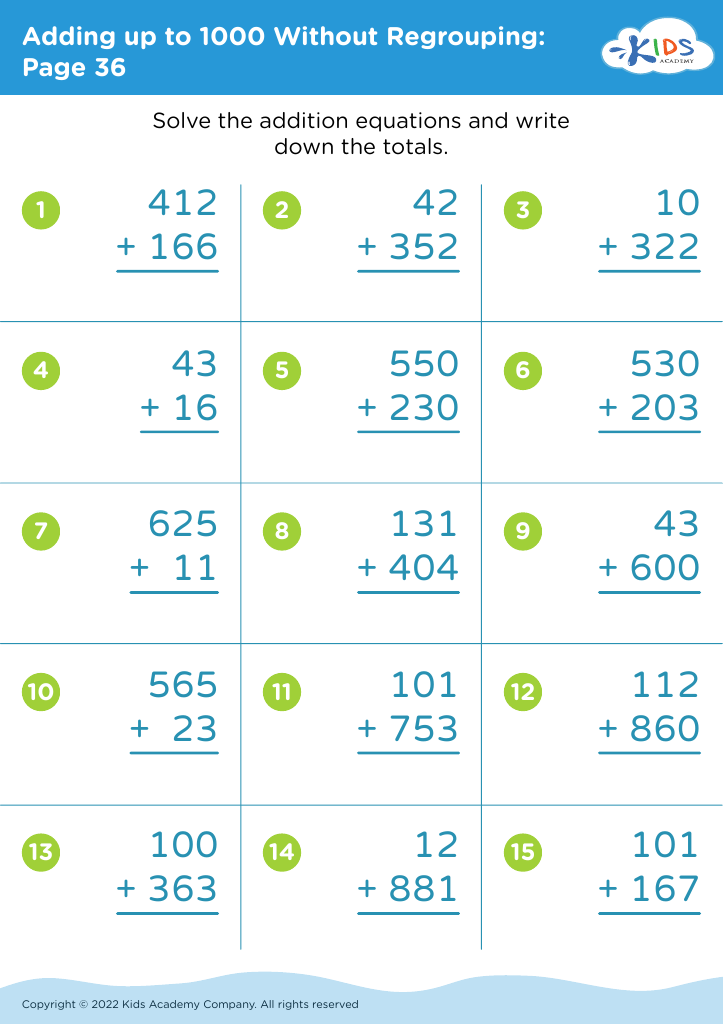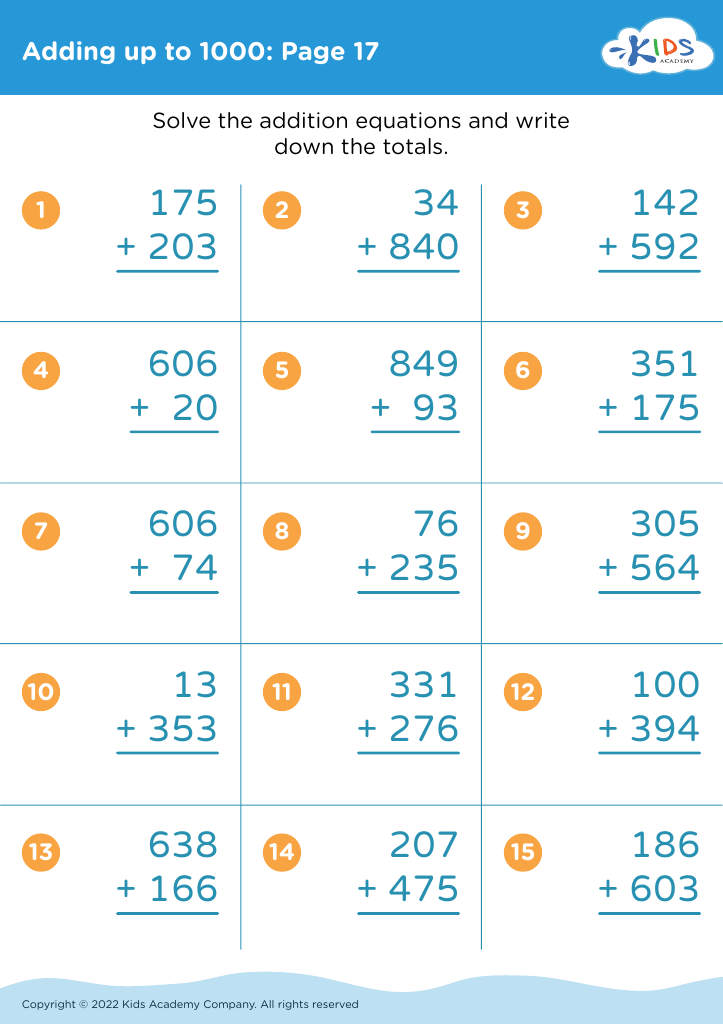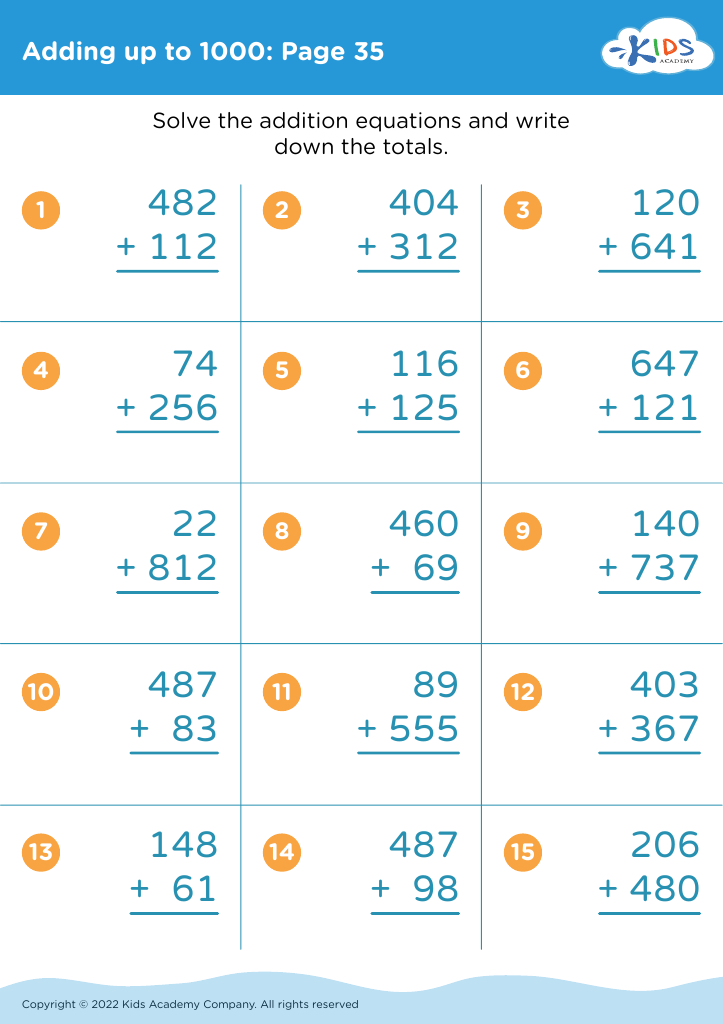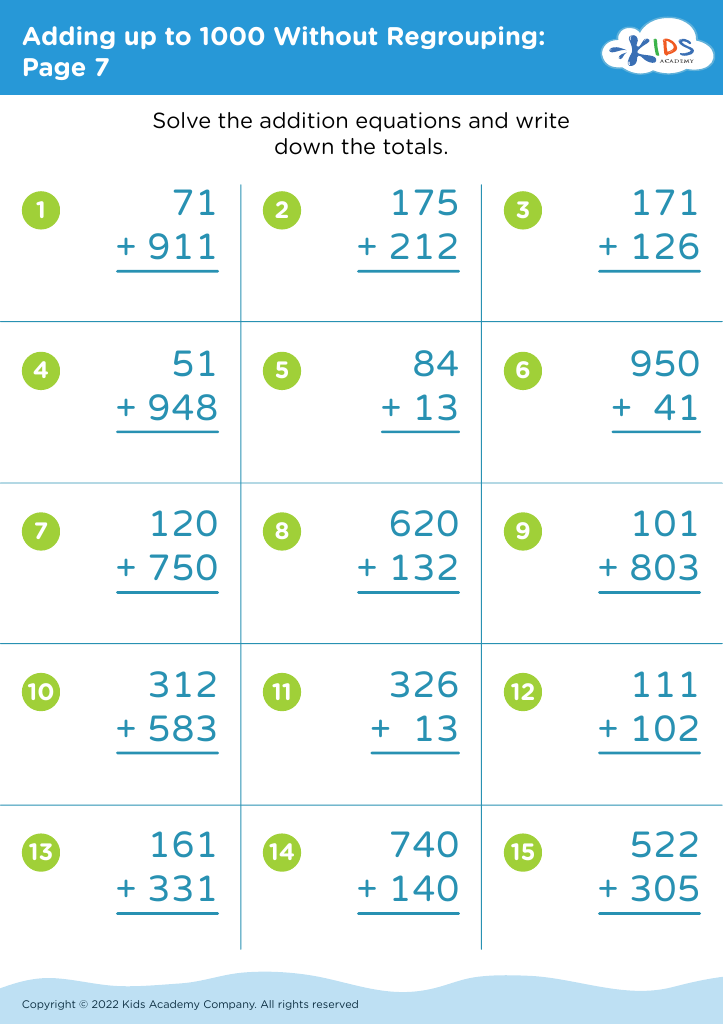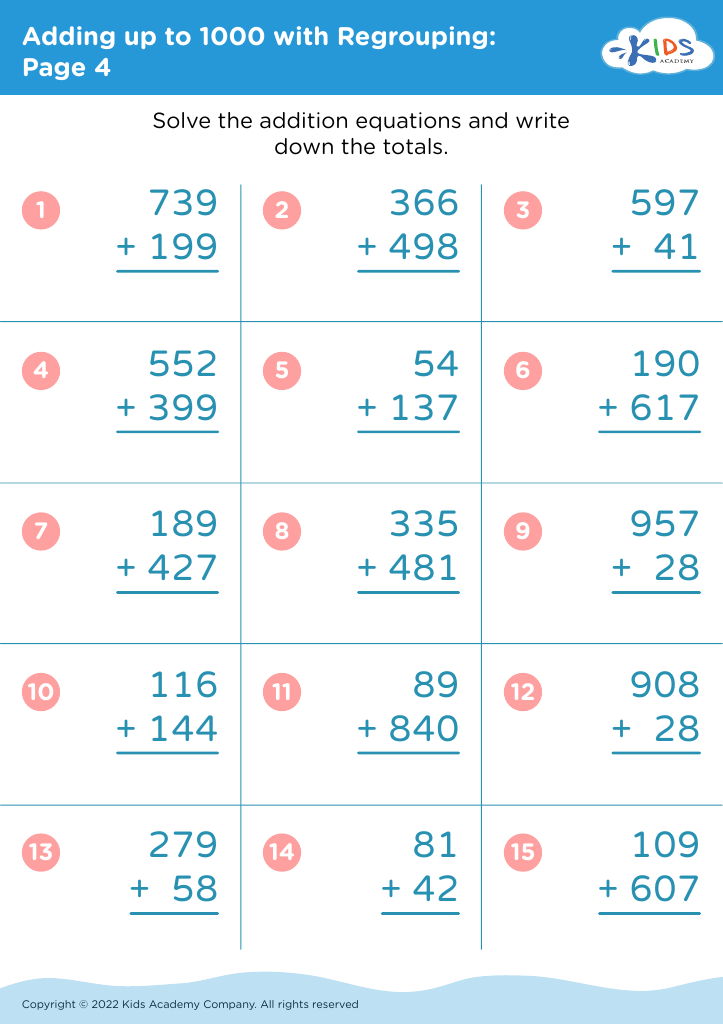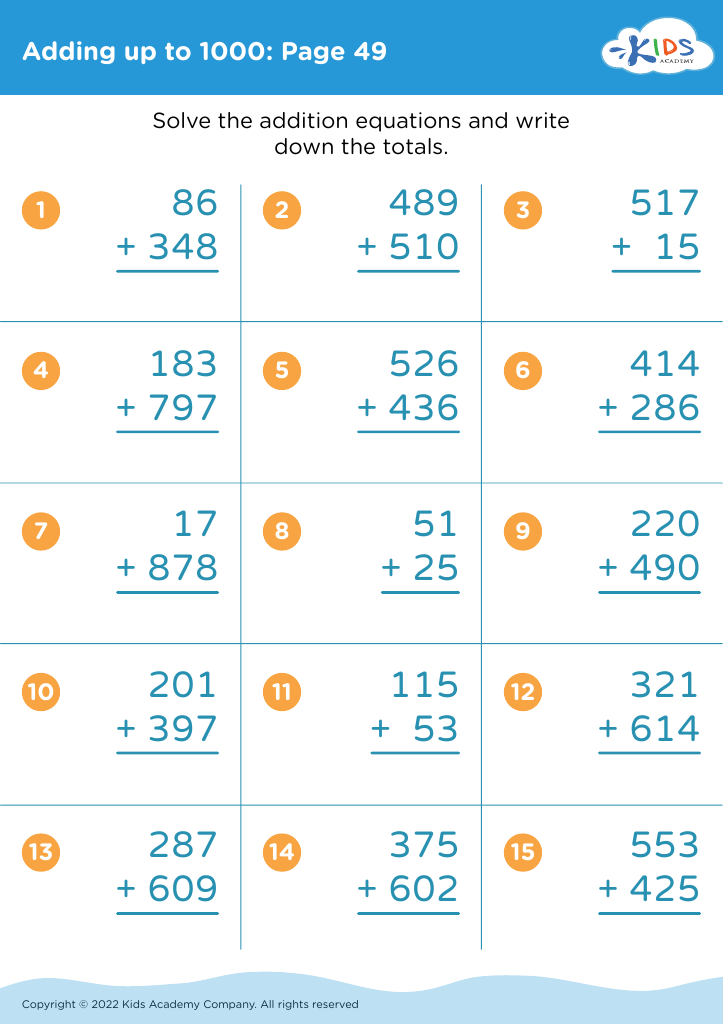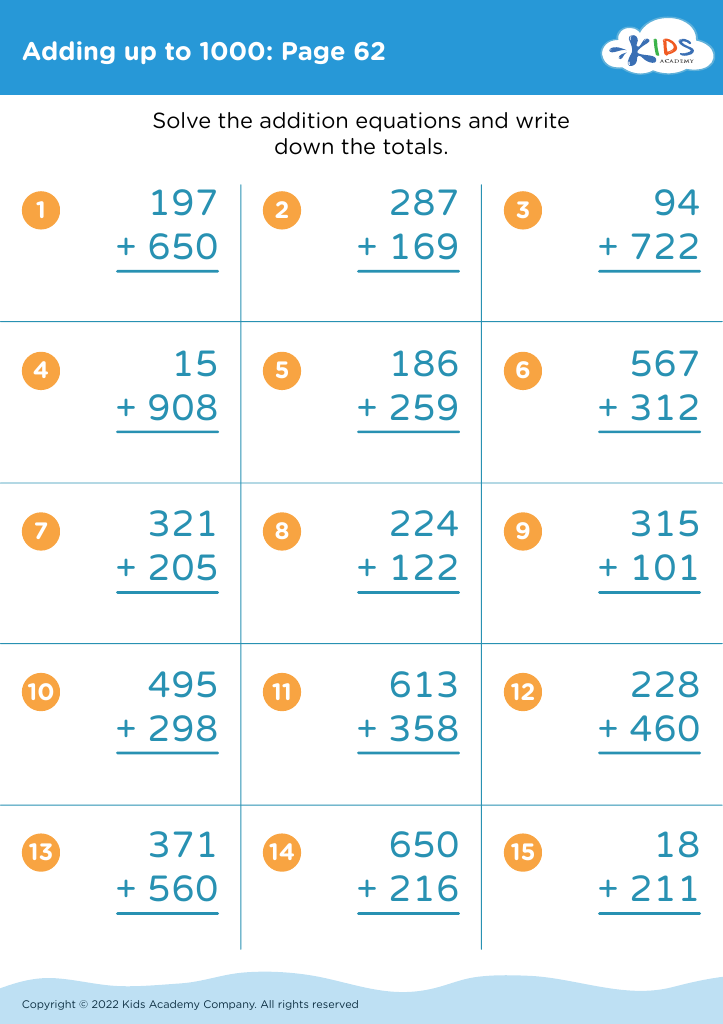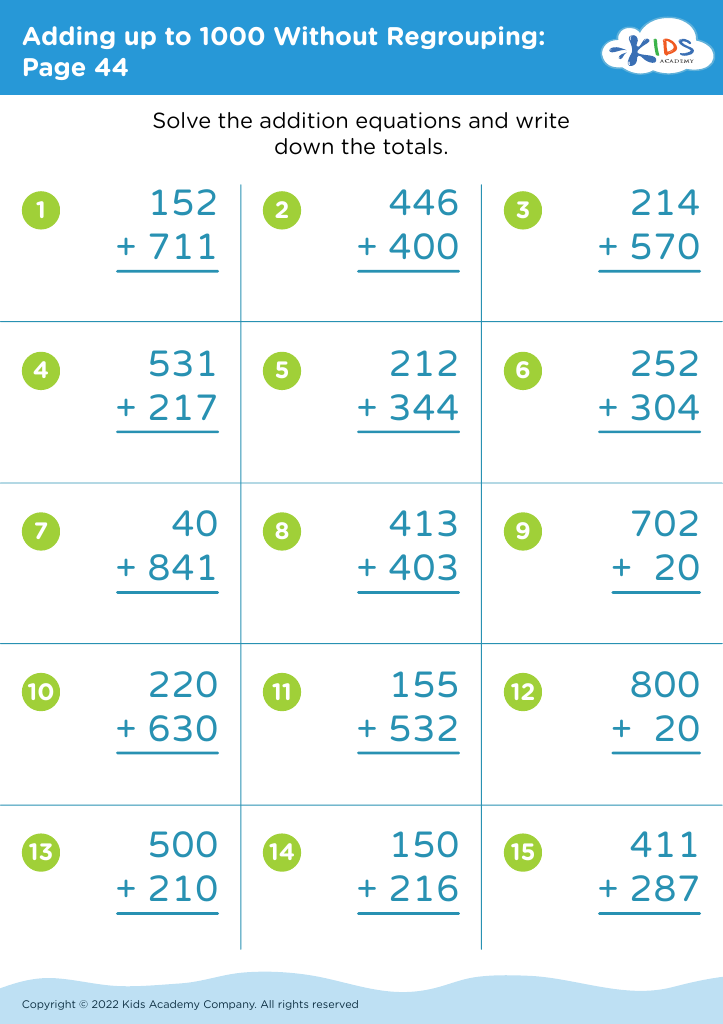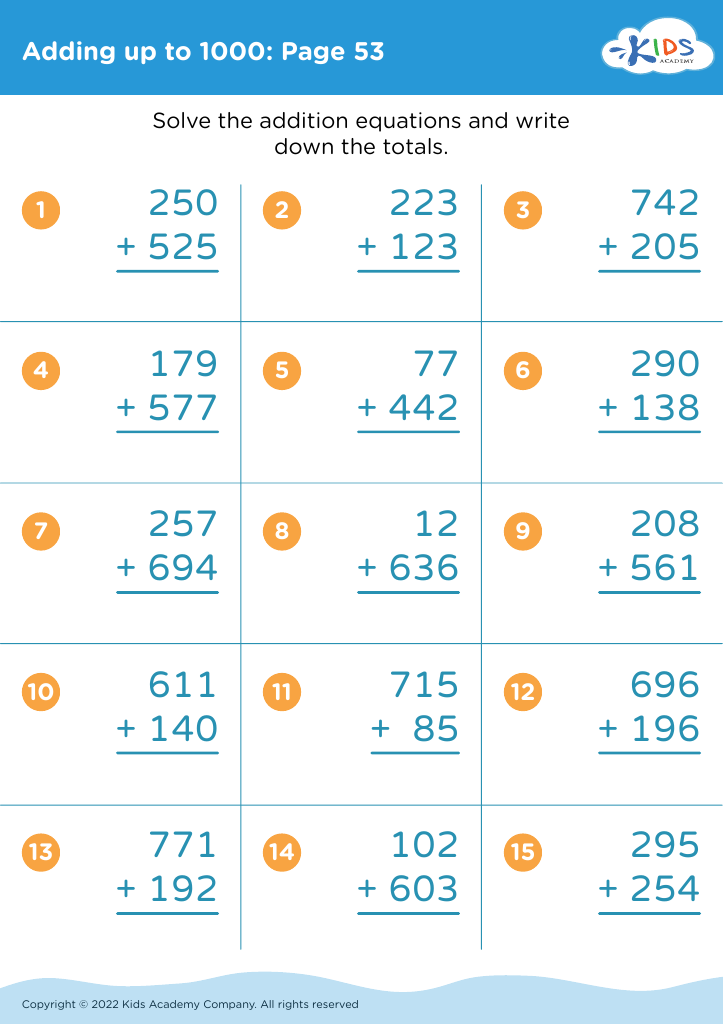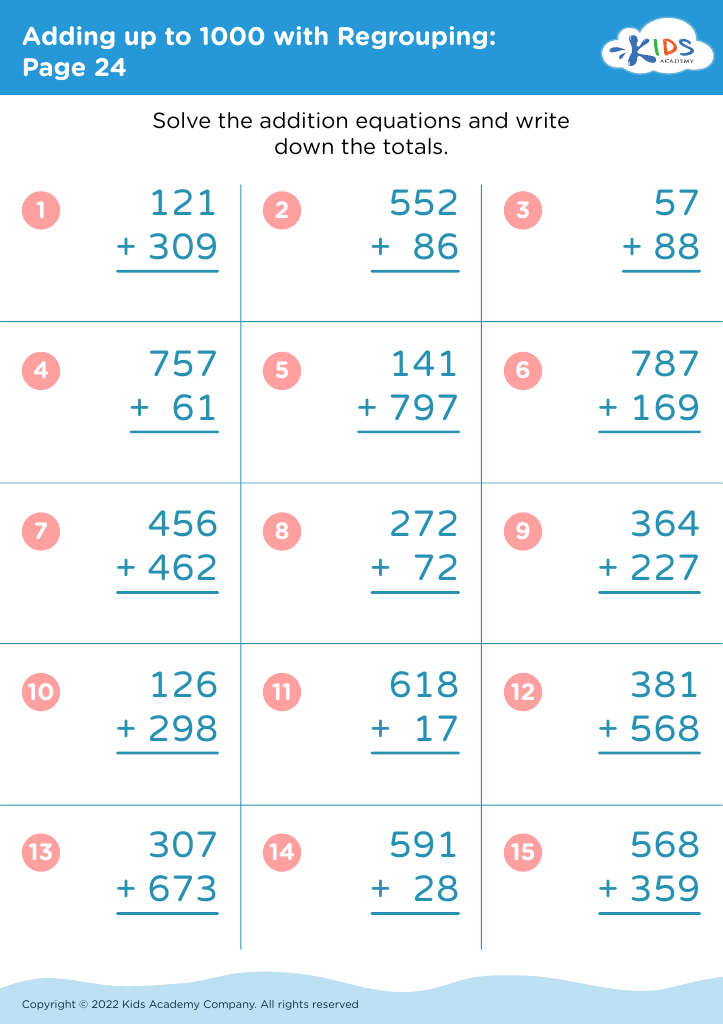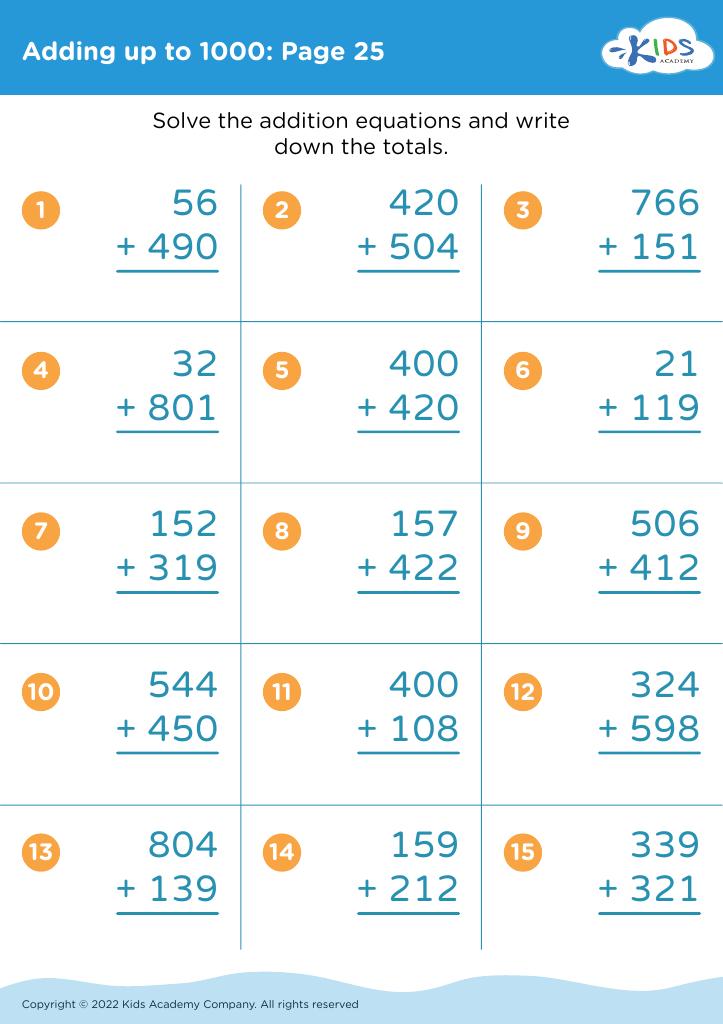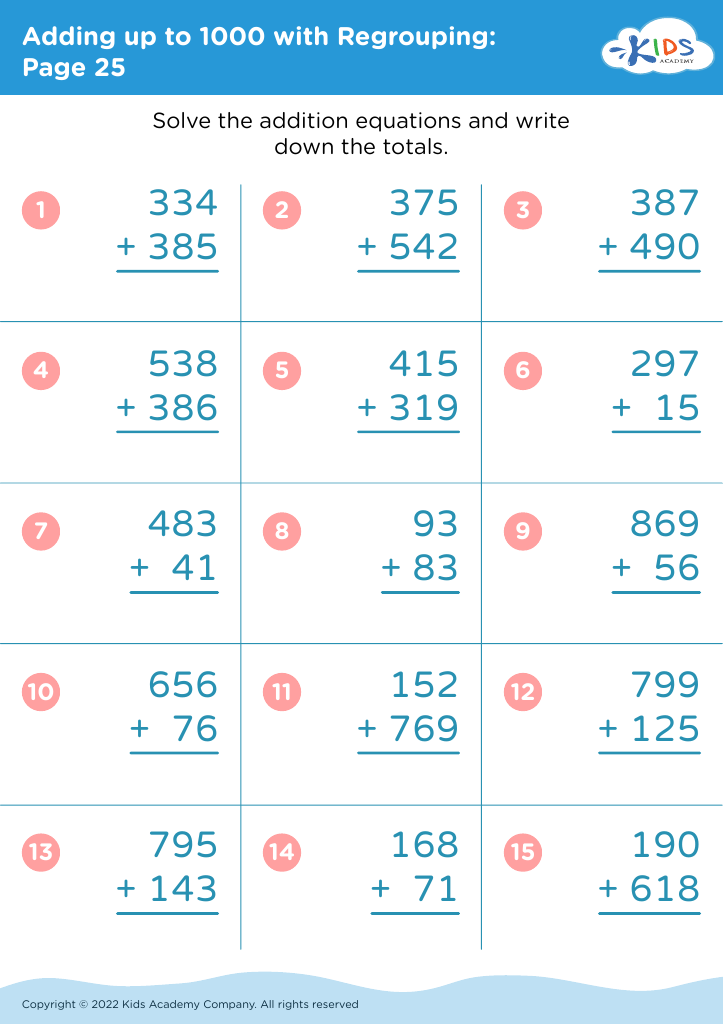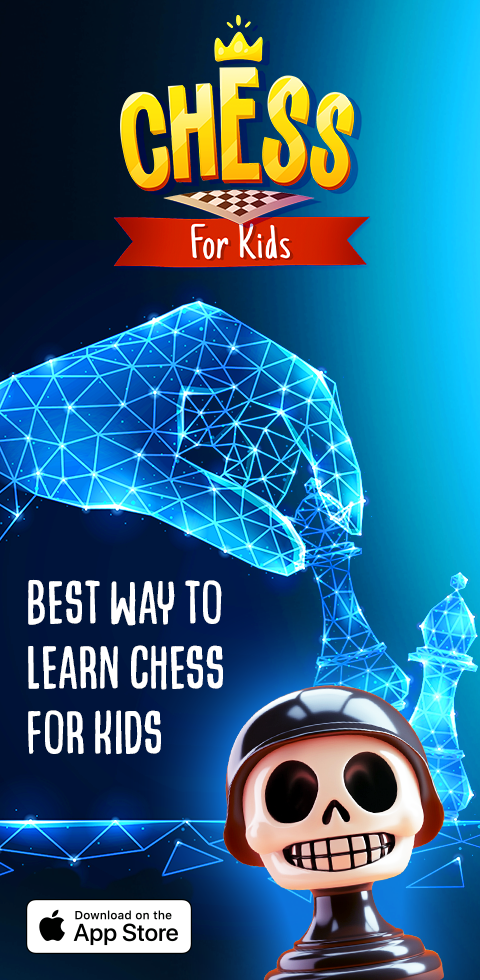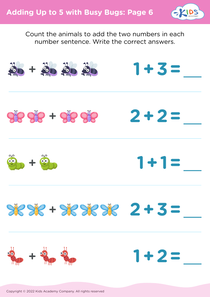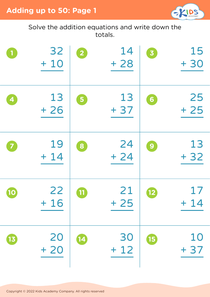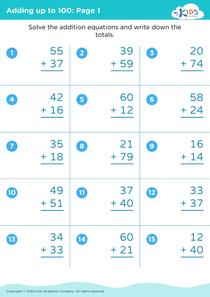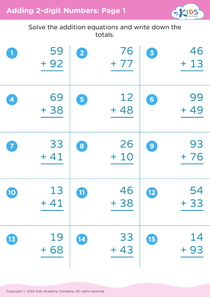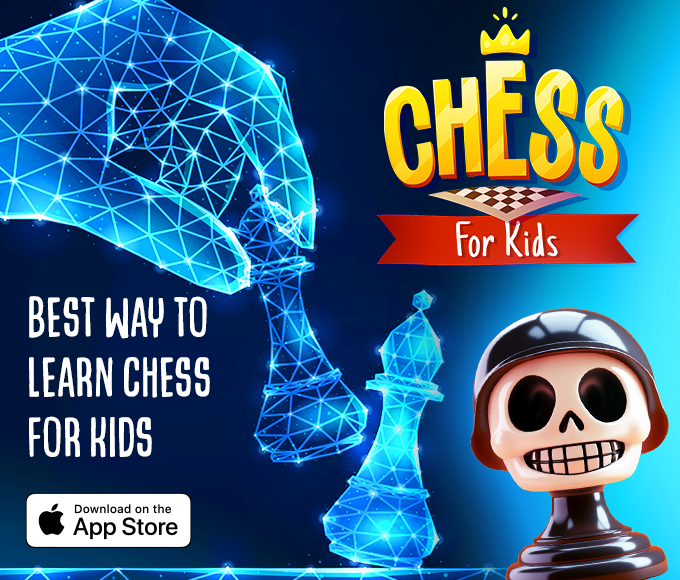Fraction comparison Adding up to 1000 Worksheets for Ages 7-9
13 filtered results
-
From - To
Explore our engaging "Fraction Comparison Adding up to 1000 Worksheets" designed specifically for children aged 7-9! These interactive resources focus on helping young learners understand and compare fractions effectively, as they practice addition with numbers up to 1000. Our worksheets are crafted to build critical thinking skills through fun exercises and real-life applications. Students will enhance their ability to identify equivalences, tower comparisons, and understand fractional relationships, all while boosting their overall math confidence. Perfect for classroom use or at-home learning, these worksheets ensure that learning about fractions is both enjoyable and educational! Start building a strong math foundation today!
Fraction comparison is a foundational skill for children aged 7-9, particularly when dealing with adding fractions that sum to 1000. Understanding how to compare fractions helps students grasp the concept of parts of a whole and enhances their mathematical reasoning. This age group is critical for fostering a strong mathematical base, as they transition from concrete understanding to more abstract concepts.
By focusing on fraction comparison, teachers and parents can help children develop essential problem-solving skills. When students learn to compare fractions, they also enhance their ability to analyze and interpret numerical information, skills that are necessary for more complex mathematical operations later on.
Moreover, these skills are not just limited to math; they are applicable in real-life situations such as cooking, budgeting, and understanding proportions in science. Engaging children with relatable examples enhances their interest in learning and fosters confidence in their abilities.
Ultimately, supporting comprehension of fraction comparison cultivates a positive attitude towards math, encouraging lifelong learning and critical thinking. This skill lays the groundwork for future academic success, making it essential for educators and parents to prioritize during these critical developmental years.
